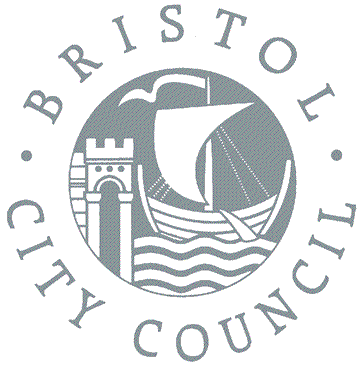Early Medieval Waterfront, Bristol
Archaeological mitigation work was commissioned on the site of a new building offering sheltered accommodation for young unemployed people. Known as the Bristol Foyer, this building was to be located immediately adjacent to the south east corner of Bristol Bridge at NGR ST 59040 72890 in the parish of St. Thomas. The site was bounded to the north by the Floating Harbour, west by Bridge Parade, east by Courage’s Brewery and south by Bath Street and the remnants of what was formerly Tucker Street.
The purpose of the mitigation work was to record the surface archaeology so that the piled foundations of the Foyer Building could be designed to minimize damage to significant archaeological structures. There was no scope for the examination of archaeological features and deposits to determine the date and nature of the features revealed. The excavations produced evidence of waterfront activity dating back to the 12th century, and subsequent phases of land reclamation and tenement construction through to the late 18th century.
Rich organic deposits were revealed amongst the earliest layers, but no environmental sampling strategy was employed owing to the nature of the mitigation work. A single sample taken from the fill of a mid 13th-century slipway revealed evidence for the dumping of domestic refuse, and for the presence of a nearby textile industry also indicated by documentary records.
Tags: medieval
- Categories
- Events
Excavations
Finds
Survey
BaRAS is registered as an organisation with the Chartered Institute for Archaeologists
All material © copyright BaRAS 2004 – 2016




